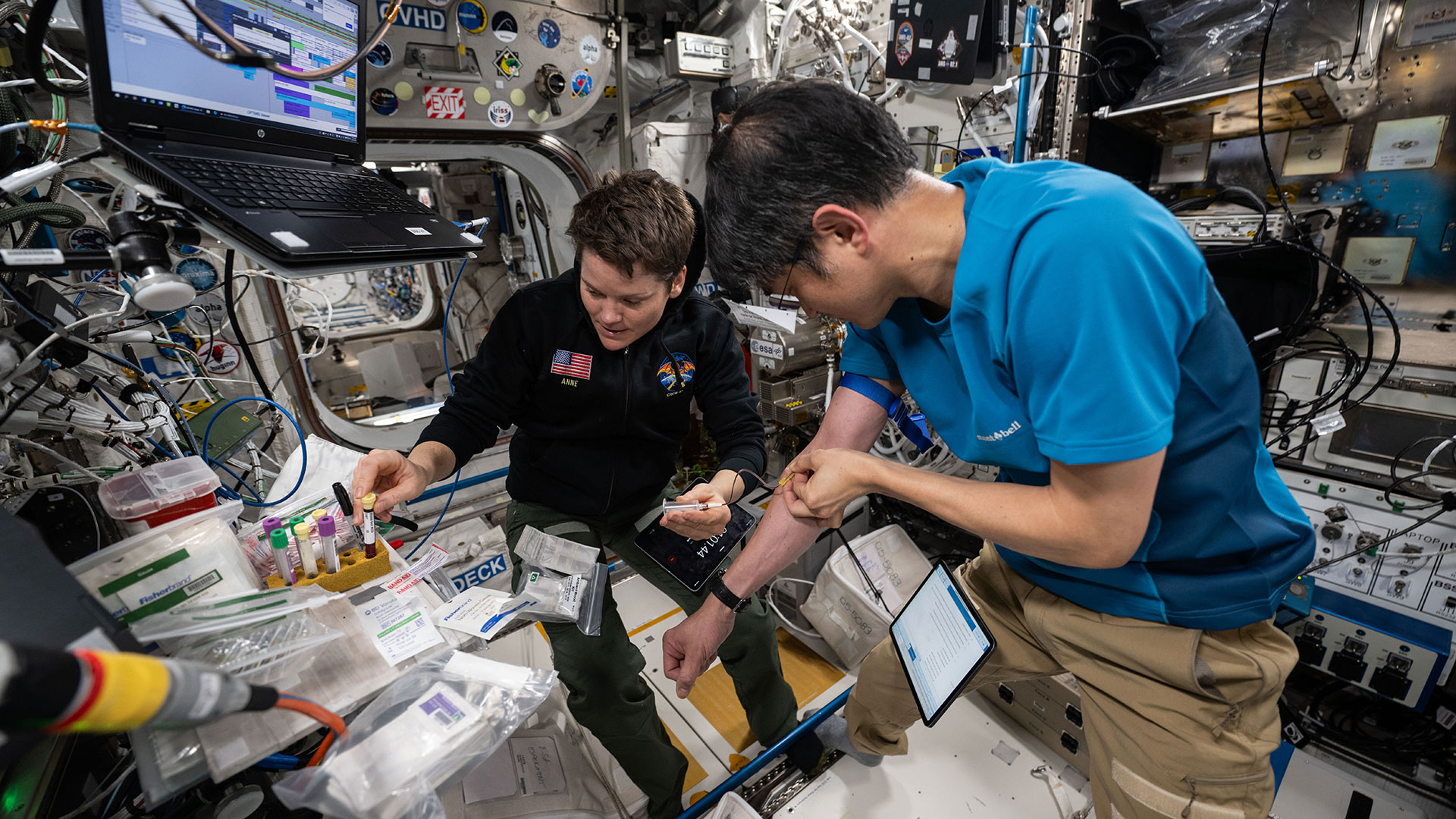'Mission to the Sun': National Geographic to Air Parker Solar Probe Special Tonight! (Video)
Monday evening (Nov. 19), National Geographic will air a 1-hour special about Parker Solar Probe, the record-breaking mission currently slinging around the sun.
The probe survived its first flyby of the sun Nov. 5, flying within 15 million miles (24 million kilometers) of the sun and maxing out at a speed of 214,200 mph (343,112 km/h) relative to the star. This is both the closest any human-made spacecraft has flown to the sun and the fastest one has ever flown.
The probe launched Aug. 12 and will complete 23 more flybys of the sun. Its final approach, in 2025, will bring the spacecraft within 3.83 million miles (6.16 million km) of the sun's visible surface, called the photosphere. This is close enough to bring the spacecraft through the star's outer atmosphere, called the corona. (The corona can be seen in the sky during a total solar eclipse.)
You can relive the probe's spectacular launch in the video above, courtesy of National Geographic. The special, called "Mission to the Sun," will air at 8 p.m. EDT/7 p.m. CDT, just before a new episode of "Mars" Season 2.
"Launch is probably the most dangerous part of the mission," Eric Christian, the deputy principal investigator for one of the probe's instruments and a researcher at NASA's Goddard Space Flight Center, says during the video. "You're sitting on a tremendous set of tanks of explosives. It's a controlled explosion. If you lose control in the slightest way, that's it — it's over."
With the fiery launch behind it, Parker Solar Probe is pushing ahead to many fruitful flybys of our blazing star.
Email Sarah Lewin at slewin@space.com or follow her @SarahExplains. Follow us on Twitter @Spacedotcom and on Facebook. Original article on Space.com.
Get the Space.com Newsletter
Breaking space news, the latest updates on rocket launches, skywatching events and more!
Join our Space Forums to keep talking space on the latest missions, night sky and more! And if you have a news tip, correction or comment, let us know at: community@space.com.

Sarah Lewin started writing for Space.com in June of 2015 as a Staff Writer and became Associate Editor in 2019 . Her work has been featured by Scientific American, IEEE Spectrum, Quanta Magazine, Wired, The Scientist, Science Friday and WGBH's Inside NOVA. Sarah has an MA from NYU's Science, Health and Environmental Reporting Program and an AB in mathematics from Brown University. When not writing, reading or thinking about space, Sarah enjoys musical theatre and mathematical papercraft. She is currently Assistant News Editor at Scientific American. You can follow her on Twitter @SarahExplains.
